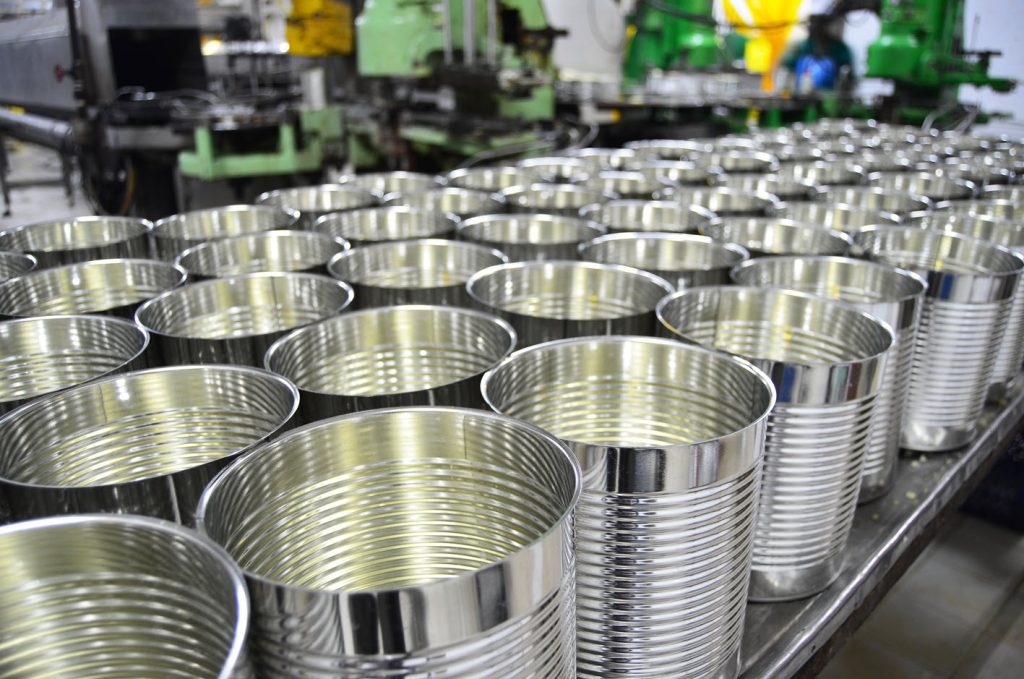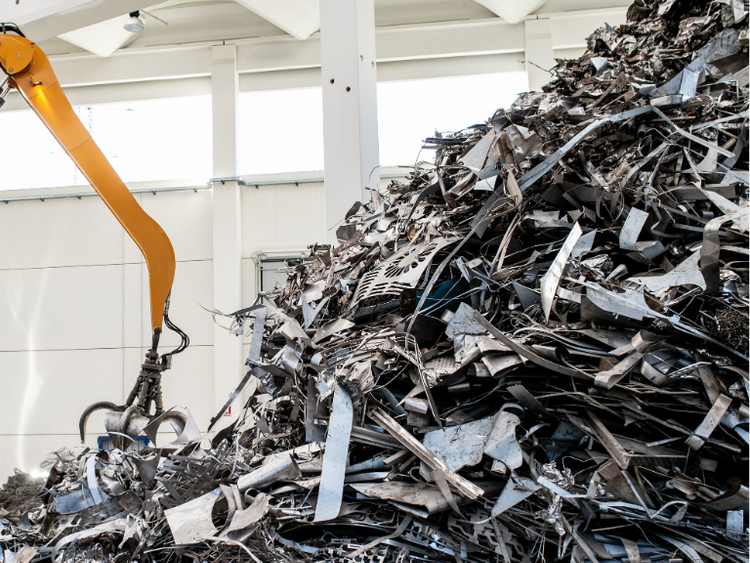Market

September 30, 2024
Aboud: North America must coordinate to handle unfair imports
Written by Matt Aboud
Trade topics continue to be in the news in the aluminum industry.
On Aug. 26, the Government of Canada announced that it will impose 25% tariffs on imports of Chinese-origin aluminum products, in addition to tariff increases on Chinese EVs and steel products. The aluminum tariff is set to enter into effect Oct. 15. These tariffs are part of a broader move by the Canadian government, which also includes 100% tariffs on Chinese clean vehicles, aligning with a similar recent announcement by the United States.
This announcement will impact a significant volume of imports. According to official Canadian import statistics, Canada imported more than $720 million in goods under the covered HTS codes from China last year, and $522 million between January and July 2024. The majority of the impacted imports are classified under HTS 7606 and appear to be aluminum sheet for can stock, which is not subject to antidumping or countervailing duties in Canada or the United States. The impact on other products for which tariffs are being increased is likely to be limited, as Chinese imports into Canada of such products are significantly smaller.
While these tariffs are a positive initial step by Canada, properly addressing unfair Chinese aluminum imports requires a coordinated North American strategy between Canada, the United States and Mexico. The USMCA partners have recently started to align their trade actions more closely but there are some inconsistencies between the countries as each nation has different domestic industries to protect and therefore different motivations. However, since the USMCA can be thought of as a single trading block, the fear is that China (or other third-party countries) can gain open access to one of the partners and then after some light processing, cross the border duty free and effectively circumvent trade barriers.
It is not clear, for example, whether Chinese aluminum products processed into downstream products classified under non-covered HTS codes would be subject to the newly announced Canadian tariffs. For instance, will Chinese aluminum billet extruded into a downstream product in Mexico, which is not classified under an HTS code specified in the Canadian order, be subject to the tariffs? Another question involves Canada’s duty drawback scheme which allows a duty exemption on an imported good that is further processed and then re-exported. Unknowns like these will receive further evaluation before the regulators publish final rules.
Multiple factors – including tariffs, geopolitical tensions, and supply chain reconfigurations – are driving China into a more isolated position in the global economy. Aluminum sits at the intersection of all of these factors and due to its designation as a critical mineral by the U.S. is likely to maintain its outsized influence in trade topics.





